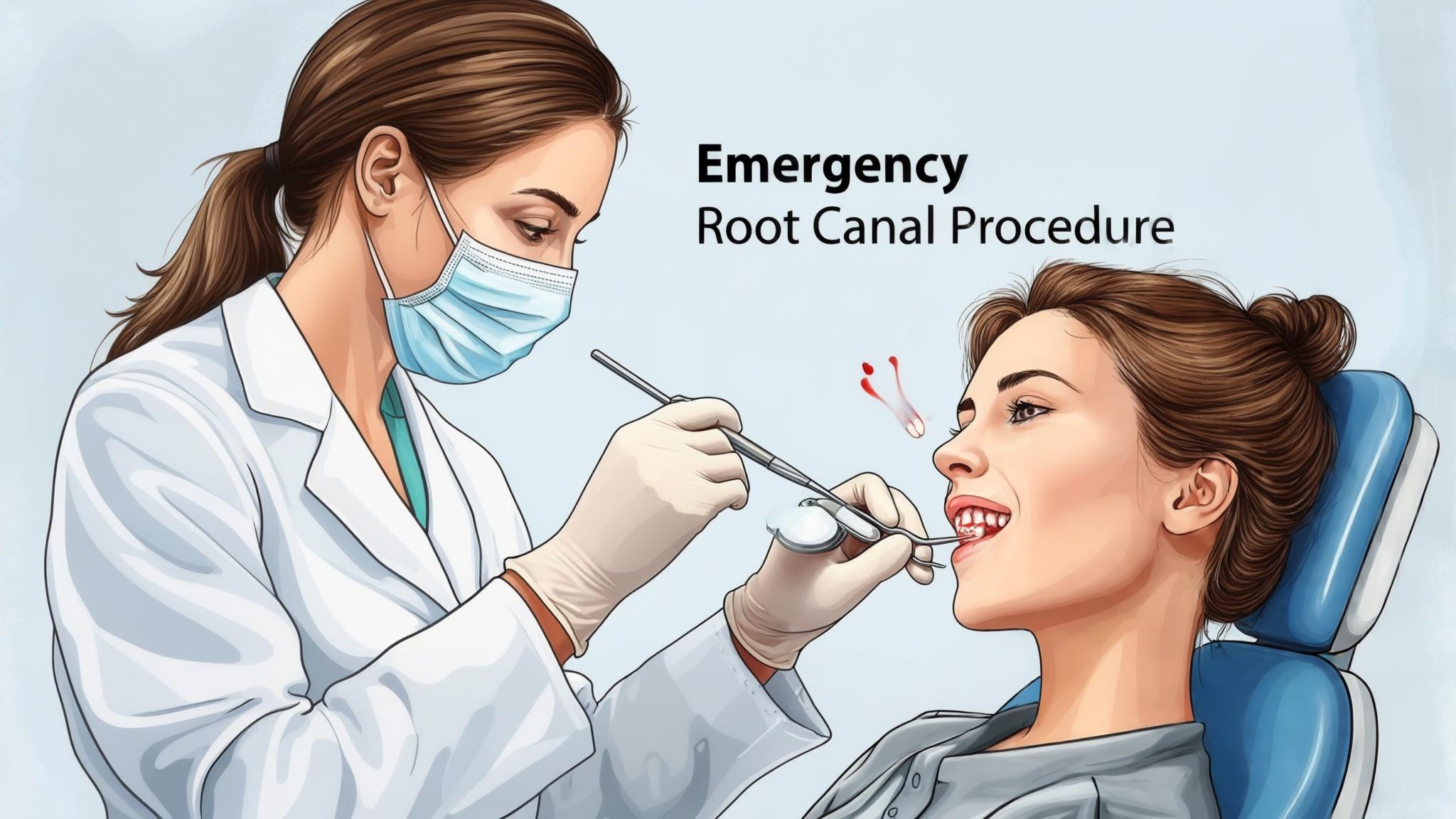Introduction
Imagine waking up in the middle of the night with a sharp, throbbing pain in your tooth that just won't go away. This could be a sign that you need an emergency root canal. An emergency root canal is a dental procedure required when the pulp inside your tooth becomes inflamed or infected, often causing severe pain. Addressing dental emergencies promptly is crucial to prevent further complications and to relieve discomfort. This article focuses on helping you recognize the signs that indicate an urgent need for a root canal and understanding the importance of timely treatment.
Understanding Root Canals
What is a Root Canal?
A root canal is a dental procedure designed to treat infection or inflammation within the pulp of a tooth. The pulp is the soft tissue inside the tooth that contains nerves, blood vessels, and connective tissue. The purpose of a root canal is to remove the infected pulp, clean and disinfect the inside of the tooth, and then fill and seal it to prevent future infections.
Anatomy of a Tooth and Root Canal System
A tooth consists of the crown (the visible part) and the root (the part anchored in the jawbone). The root canal system is a network of tiny passages within the root that houses the pulp. Understanding this anatomy helps to appreciate why a root canal might be necessary when the pulp becomes compromised.
Common Misconceptions About Root Canals
Many people fear root canals due to the misconception that they are extremely painful. In reality, the procedure itself is relatively painless, thanks to modern anesthesia and techniques. The pain often associated with root canals is actually due to the infection, not the treatment.
Signs That Indicate the Need for an Emergency Root Canal
Severe Tooth Pain
If you experience severe tooth pain, especially if it is sharp, throbbing, or constant, it could be a sign that you need a root canal. This pain might worsen with temperature changes, such as when consuming hot or cold foods and drinks.
Swelling and Tenderness
Swelling of the gums or face near the affected tooth can indicate an infection that requires immediate attention. Tenderness in the area is another sign that a root canal might be necessary.
Discoloration of the Tooth
A tooth that has turned dark or discolored may have nerve damage. This discoloration can be a key indicator that the pulp inside the tooth is infected or dying.
Persistent Bad Breath or Unpleasant Taste
An ongoing bad taste in your mouth or persistent bad breath can be linked to decay and infection within a tooth, signaling the need for a root canal.
Presence of a Fistula or Pimple on the Gums
A fistula or pimple on your gums is a sign of an abscess, which is a pocket of pus caused by infection. This requires urgent dental care to prevent the infection from spreading.
Urgency of Treatment
Risks of Delaying Treatment
Delaying treatment for an infected tooth can lead to worsening infection, potential tooth loss, and even impact your overall health. The infection can spread to other parts of the body, leading to more severe health issues.
When to Seek Emergency Dental Care
Seek emergency dental care if you experience any of the symptoms mentioned above. It's important to know your dental provider's emergency protocol, so you can get the help you need promptly.
The Emergency Root Canal Procedure
What to Expect During the Procedure
The procedure begins with an initial examination and diagnosis to confirm the need for a root canal. Pain management options will be discussed to ensure you are comfortable throughout.
Step-by-Step Description
- Anesthesia Administration: Local anesthesia is used to numb the area around the affected tooth.
- Removal of Infected Pulp: The dentist accesses the pulp chamber and removes the infected tissue.
- Cleaning and Shaping the Root Canals: The canals are carefully cleaned and shaped to remove all debris and bacteria.
- Filling and Sealing the Canals: The cleaned canals are filled with a special material and sealed to prevent future infection.
- Restoration of the Tooth: A crown or filling is placed to restore the tooth's function and appearance.
Post-Procedure Care
Instructions for Recovery
After the procedure, managing pain and discomfort with prescribed medications is important. Soft foods are recommended initially to avoid exerting pressure on the treated tooth.
Signs of Complications to Watch For
Be vigilant for increased swelling, pain, fever, or systemic symptoms, as these could indicate complications requiring further attention.
Conclusion
Recognizing the signs of dental emergencies is essential for preserving your dental health. Seeking prompt treatment can prevent complications and save your tooth. Emergency root canals play a vital role in dental care, ensuring that infections are treated effectively and pain is relieved.

